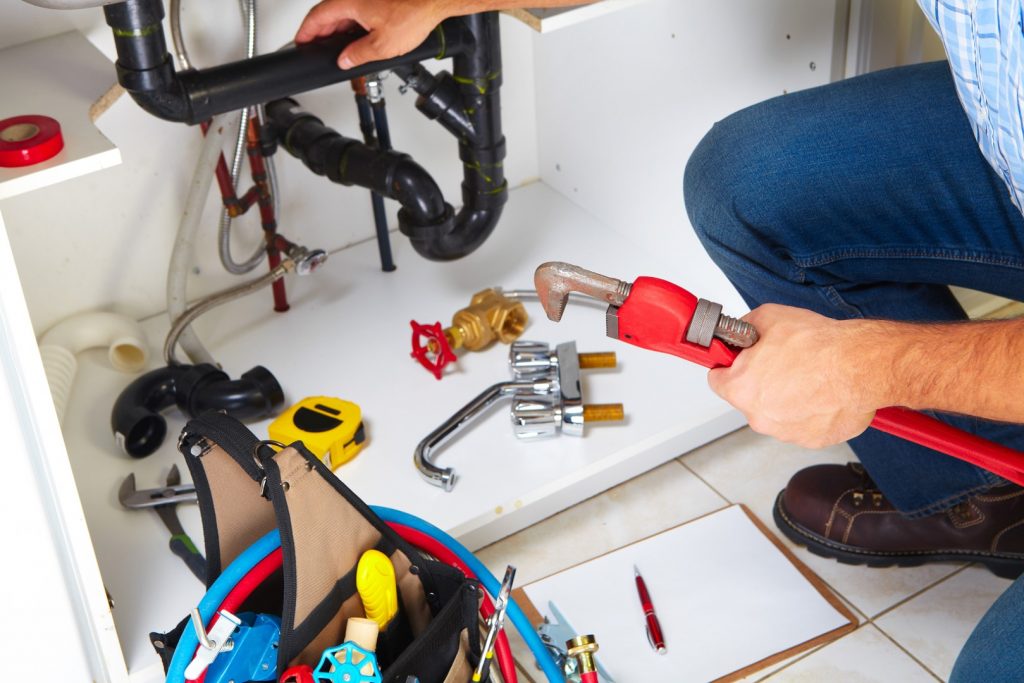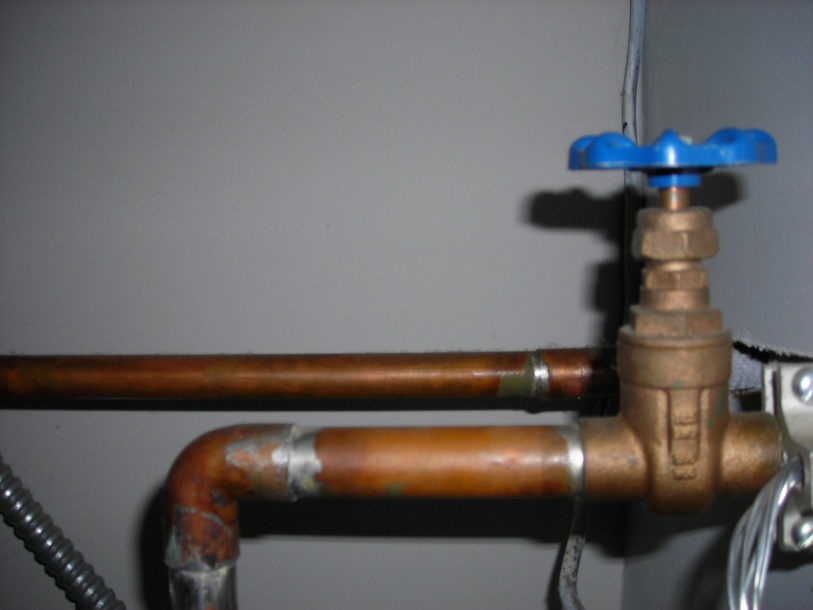Just how do you feel in relation to Common Plumbing Problems in Older Homes?

Older homes usually include beauty, personality, and history, yet they can likewise bring a host of pipes issues. Whether you're managing aging pipelines, low water stress, or leaks, recognizing how to resolve these common troubles is critical to preserving a safe and useful home. In this overview, we'll discover the regular pipes difficulties faced by older homes and provide sensible options to keep your pipes in leading shape.
Recognizing Usual Pipes Problems
Aging Pipes
Among one of the most usual issues in older homes is aging pipelines. Relying on the period in which your home was built, the pipelines might be made from products that have actually weakened with time, such as galvanized steel, cast iron, and even lead. These products can corrode, become weak, or develop leakages, leading to water damages and possible health hazards.
Water High Quality Screening
Older pipelines can affect the high quality of your water. Conduct a water top quality test to check for pollutants such as lead, corrosion, or various other impurities that may be presented by maturing pipes.
Solutions for Typical Plumbing Problems
Changing Aging Pipelines
If your home has old, weakening pipelines, take into consideration changing them with modern materials like copper or PEX. This can be a considerable financial investment, yet it will certainly prevent future issues and improve the safety and dependability of your plumbing system.
Taking Care Of Low Tide Stress
To take care of low tide stress, begin by cleansing or changing old fixtures and eliminating mineral build-up in the pipelines. If the trouble lingers, it might be necessary to replace areas of rusty pipelines.
Fixing and Changing Dripping Pipelines
For small leaks, you can utilize pipe clamps or epoxy putty as a temporary solution. However, it's best to replace leaking pipes entirely to avoid further damages.
Upgrading Fixtures
Upgrading old fixtures to contemporary, water-efficient models can improve your home's plumbing performance and reduce water intake. Look for components with the WaterSense tag for the very best performance.
Dealing with Pipe Corrosion
If your pipes are worn away, changing them with corrosion-resistant products like copper, PVC, or PEX is the very best service. Regular inspections and water top quality maintenance can help protect against better rust.
Low Water Stress
If you're experiencing low tide pressure, maybe because of natural resources, rust inside the pipes, or old components that are no more functioning efficiently. This can be a significant hassle, specifically in areas like showers and sinks.
Leaking Pipelines
Leaks are an additional regular issue in older homes, commonly triggered by rusty or worn-out pipelines. Also small leakages can result in considerable water damage, mold and mildew growth, and raised water expenses otherwise attended to promptly.
Out-of-date Components
Out-of-date pipes fixtures such as taps, bathrooms, and showerheads not just look old however may also be less reliable, susceptible to leakages, or incompatible with modern-day plumbing standards.
Pipeline Corrosion
Rust is a common issue in older pipelines, particularly those made from galvanized steel or actors iron. Rusty pipes can limit water circulation, cause staining, and eventually result in leaks or pipeline bursts.
Examining the Problem of Your Plumbing
Checking Noticeable Pipes
Start by checking any visible pipelines in your house, such as those in basements, crawl spaces, or under sinks. Try to find indicators of deterioration, leaks, or rust, which can show underlying issues.
Checking for Leakages
Look for leakages by checking locations around faucets, commodes, and under sinks. You can also check your water meter before and after a period of no water utilize to detect covert leakages.
When to Call a Specialist
While some plumbing problems can be managed with do it yourself remedies, there are times when it's best to contact a specialist. If you're dealing with major leakages, considerable rust, or are unclear about the condition of your pipes, an accredited plumbing professional can provide professional analysis and fixing.
Preventive Maintenance Tips
Regular Evaluations
On a regular basis evaluate your pipes system for indicators of wear and tear. Catching problems early can avoid expensive repair services down the line.
Water Stress Law
Ensure your water pressure is within the recommended range to avoid stressing your pipes and components. A plumbing can set up a pressure regulator if needed.
Water Quality Maintenance
Install water filters or conditioners if your water top quality is poor. This can protect your pipes and components from damages brought on by tough water or pollutants.
Aggressive Pipeline Replacement
If your home has very old pipes, consider aggressive substitute prior to significant problems occur. This can save you from emergency situation fixings and water damages.
Conclusion
Handling plumbing concerns in older homes calls for a mix of caution, precautionary maintenance, and prompt upgrades. By recognizing the typical difficulties and knowing when to look for expert help, you can guarantee your pipes system stays functional and reliable for several years to find.
Common Plumbing Problems in Older Homes
Older homes have a ton of character from the antique brass faucets, clawfoot tubs, and colorful tile to the Dutch doors, transom windows, and archways, there s a lot to love. Unfortunately, that character often includes old plumbing that s past its prime and isn t fit to support modern appliances.
If you own an older home and are suspicious about strange noises (ghosts?), smells, leaks, or frequent clogs in your plumbing, it's possible that your home s old age is to blame.
Learn more about the most common old house plumbing problems, and what can be done to fix them!
What Are the Most Common Plumbing Problems in Old Houses?
Old, corroded piping. Most older pipes are made of material that corrodes and rusts more easily. Even if over the years some of that piping was replaced with better material, the rest may be damaged or repaired with lower-quality material. Though expensive, it may be the best option to re-pipe your plumbing especially if there s rust or lead in your water. Slow drains. This could be the result of many issues, but most likely because of pipe bellies. These are sags in your drainpipes that happen as your home settles and shifts downward over time, putting pressure on your pipes and creating negative slopes. This can restrict water from flowing correctly through them and result in slow drains. Frequent clogging. As you might expect, pipe bellies can also lead to frequent clogging. Another reason for clogging could be due to buildup over time, or blockages from sediment and root growth. Scheduling a drain inspection and drain unclogging service can eliminate this issue. Damaged or failing sewer lines. Old homes are more likely to have foundational shifts and tree root overgrowth. This can put a lot of pressure on and in your sewer lines, leading to damage. Another common reason for failed sewer lines is because of modern appliance upgrades. Newer appliances put more strain on sewer lines, and if your old pipes aren t equipped to handle this, it can result in damage. If you have any wastewater backup, slow drains, or soft spots in your yard, you may need sewer line replacement. Worn or outdated fixtures. Plumbing fixtures old or new aren t built to last forever. Even if your fixtures seem like they re working well, it s best to check the wear on any internal parts. Minor wear and tear over time can lead to more costly leaks and plumbing issues. Our experts can perform a plumbing inspection for any part of your home s plumbing. Improper installations or repairs. Whether your plumbing was installed a hundred years ago, installed incorrectly, repaired incorrectly, or repaired with outdated materials, this can affect the long-term stability of your plumbing. In older homes especially, having your plumbing inspected is vital to preventing damage. What Are Old Plumbing Pipes Made Of?
Galvanized steel. Most often used between the 1930s and the 1980s, this piping material was discovered later in the 1990s to be prone to rust and corrosion, releasing lead into the water, which is dangerous to consume. Copper. Most homes built around the 1960s are likely to have copper piping. Unlike galvanized steel, copper is one of the most durable materials for plumbing pipes. The issue with this material is the risk of lead, which could be present in the piping itself or the solder applied to the joints and fittings. PVC. This material is still used today and was often used in older homes where piping was replaced because it was easy and inexpensive to install. PVC is also very durable, lead-free, resistant to rust and corrosion, and handles high water pressure well. The downside is that hot water can make it warp. How to Fix Plumbing Problems in Old Homes
Have your plumbing inspected. Before you begin or schedule any type of repair, schedule a plumbing inspection. An expert will be able to properly identify all the issues in your plumbing and the best solution to avoid further damage. Get your plumbing repaired or replaced as needed. Depending on the issues found with your plumbing, you may need minor repairs or larger replacements. Make sure these issues are addressed before you tackle any smaller issues. Remove any clogs or buildup. It s likely your old pipes are clogged with debris, mineral buildup, hair, tree roots, and more. Having your drainpipes cleaned will improve overall drainage and help prevent future leaks. Replace old fixtures. Before replacing any fixtures, check with your local plumber first. Not only can new fixtures strain your old plumbing pipes, but installing them incorrectly can lead to costly damage.

We were made aware of that write-up on Plumbing Issues in Older Properties and How to Fix Them from an acquaintance on our other web blog. Do you know about anybody else who is looking into the niche? Be sure share it. Thanks a lot for going through it.
Appointment